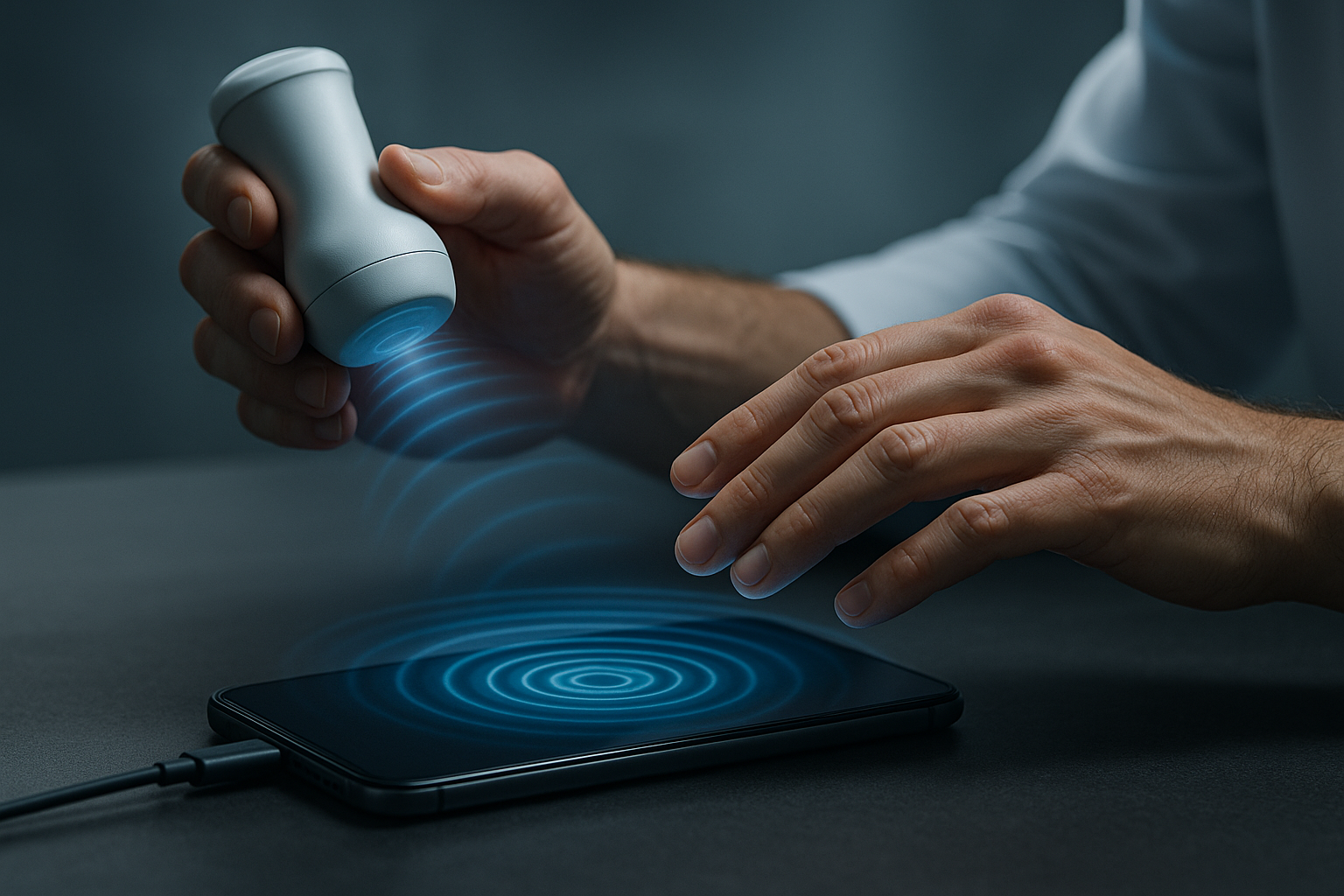"Breaking the Sound Barrier: Sonic Technology's Leap into Everyday Life"
In the race of technological advancements, one contender has been silently sprinting towards the finish line: Sonic technology. From touchless interfaces to advanced healthcare applications, sonic tech is redefining the matrix of human-machine interaction. Equipped with the power of sound, let's dive into the world of sonic technology, where audibility meets functionality, and explore its promising future.

Sonic Technology: A Symphony in the making
Sonic technology, harnessing sound waves to create practical applications, is not a new concept. Historically, it has been utilized in sectors like healthcare, with ultrasound imaging being a prime example. But recent advancements have pushed it beyond its traditional use-cases, paving the way for an auditory revolution in our daily lives.
Touchless Interfaces: A New Wave of Interaction
With the advent of the global pandemic, hygiene became a paramount concern, fueling the need for touchless technologies. Sonic tech has answered the call, enabling touchless interaction with devices. Using ultrasonic waves, it can detect movements and gestures, allowing users to manipulate digital interfaces without physical contact. This technology, currently being developed by companies like Ultraleap, has potential applications in ATMs, elevators, and various public interfaces, reducing the risk of germ transmission.
Sonic Tech in Healthcare: Beyond Ultrasound
While ultrasound imaging is a well-established application of sonic technology, recent innovations are taking it a step further. High-intensity focused ultrasound (HIFU) is being used for non-invasive treatments, such as breaking down kidney stones or even targeting and destroying cancer cells. This approach avoids the risks associated with traditional surgery, marking a significant leap in medical technology.
Sonic Charging: Powering Devices with Sound
Imagine if your smartphone could charge itself using the noise around you. This isn’t science fiction anymore. Researchers are exploring the use of piezoelectric materials to convert sound waves into electrical energy. Although still in the experimental stage, this technology could redefine how we power our devices in the future.
Sonic Tech’s Market Impact and Price Implications
As sonic technology matures, it’s expected to penetrate various sectors, from healthcare to consumer electronics. However, the price implications may vary. High-tech medical applications like HIFU treatments could be expensive initially due to their advanced nature. However, as the technology becomes more mainstream, economies of scale could drive down prices. Similarly, touchless interfaces and sonic charging could initially be premium features in devices, but could become standard as adoption increases.
Sonic Tech: A Sound Investment for the Future
Sonic technology is undoubtedly making waves in the tech world. Its versatility and potential for innovation make it an exciting area to watch. While hurdles exist in terms of scalability and public acceptance, the future of sonic tech looks promising. The day might not be far when our interaction with the world becomes truly ‘touchless’, powered by the invisible symphony of sound waves.
In the world of technology, where ‘seeing is believing’ has been the norm, sonic technology is changing the narrative. In this new era, ‘hearing is achieving’, and the resonance of this change will be felt across the landscape of our everyday lives.





